5 territories that narrowly avoided becoming Russia’s colonies
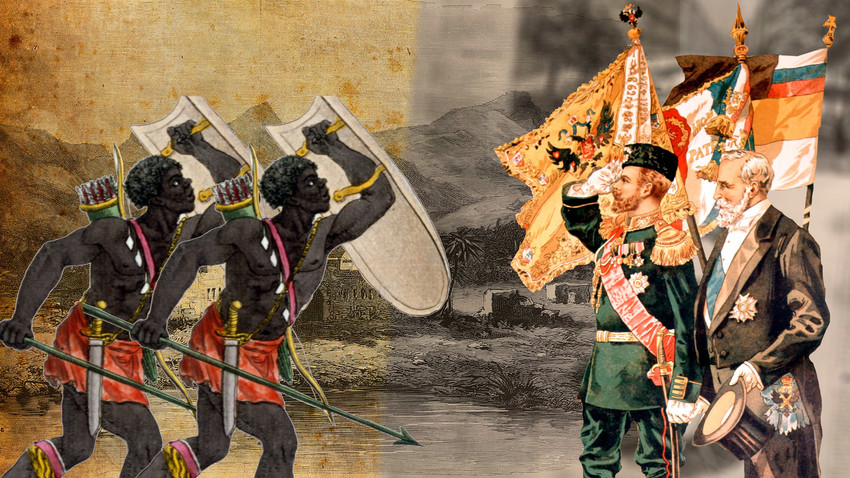
1. Tobago
This Caribbean island could have been part of Russia’s overseas territories as it was once a colony of Courland, a duchy that existed from the 16th to 18th century on the Baltic Sea coast. The
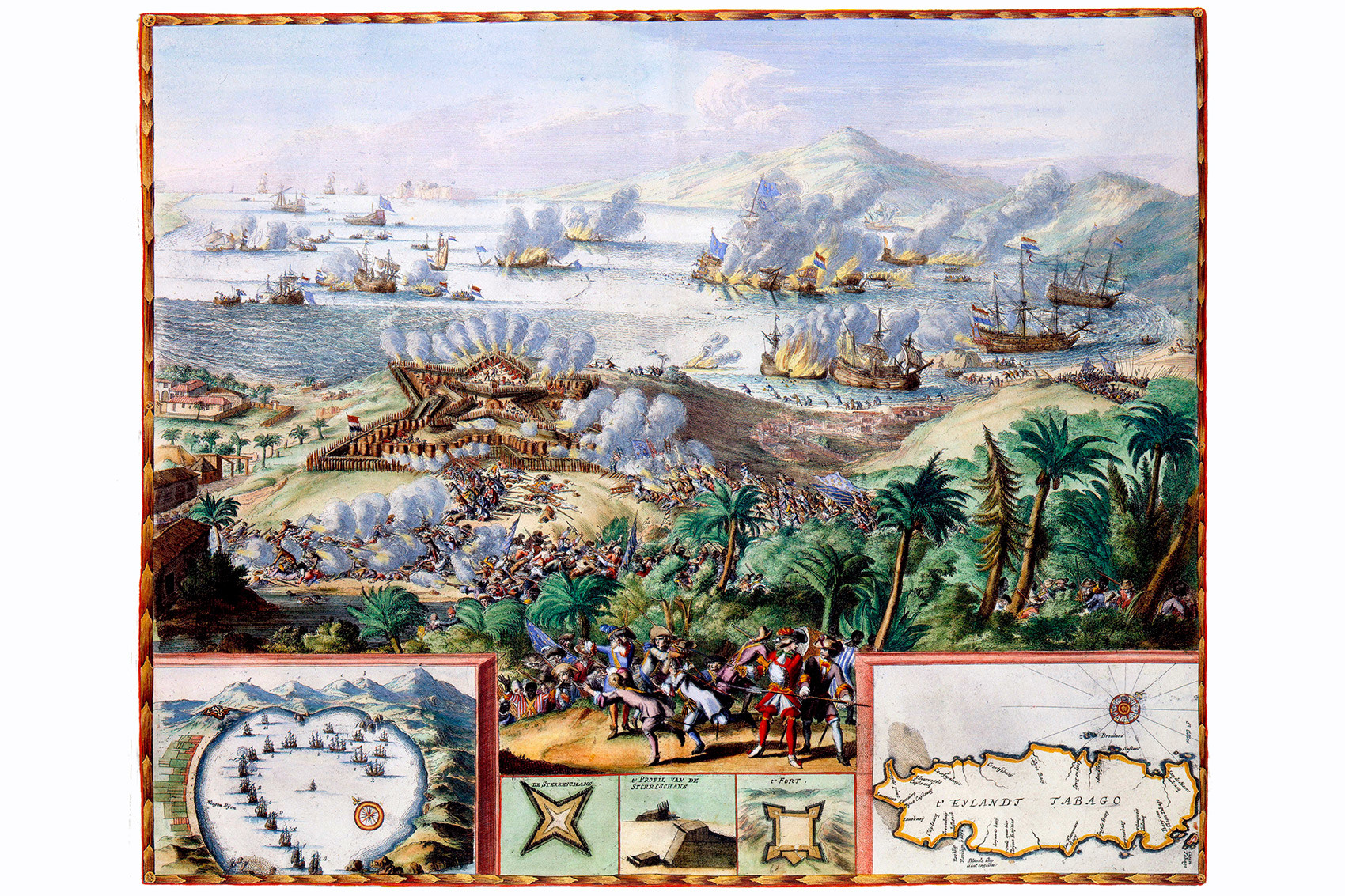
Tobago by Von Romeyn de Hooghe, Amsterdam 1677
Getty Images2. California
Russian territories in America were not limited to Alaska, which was eventually sold to the U.S. in 1867. Russia ruled over land in California too. Fort Ross was an outpost established by the Russian-American Company on the western coast of North America in what is now Sonoma County. It existed for less than 30 years from 1812 to 1841 and was created as an agricultural settlement for feeding Russian Alaska. In 1836, 260 inhabitants called Fort Ross their home
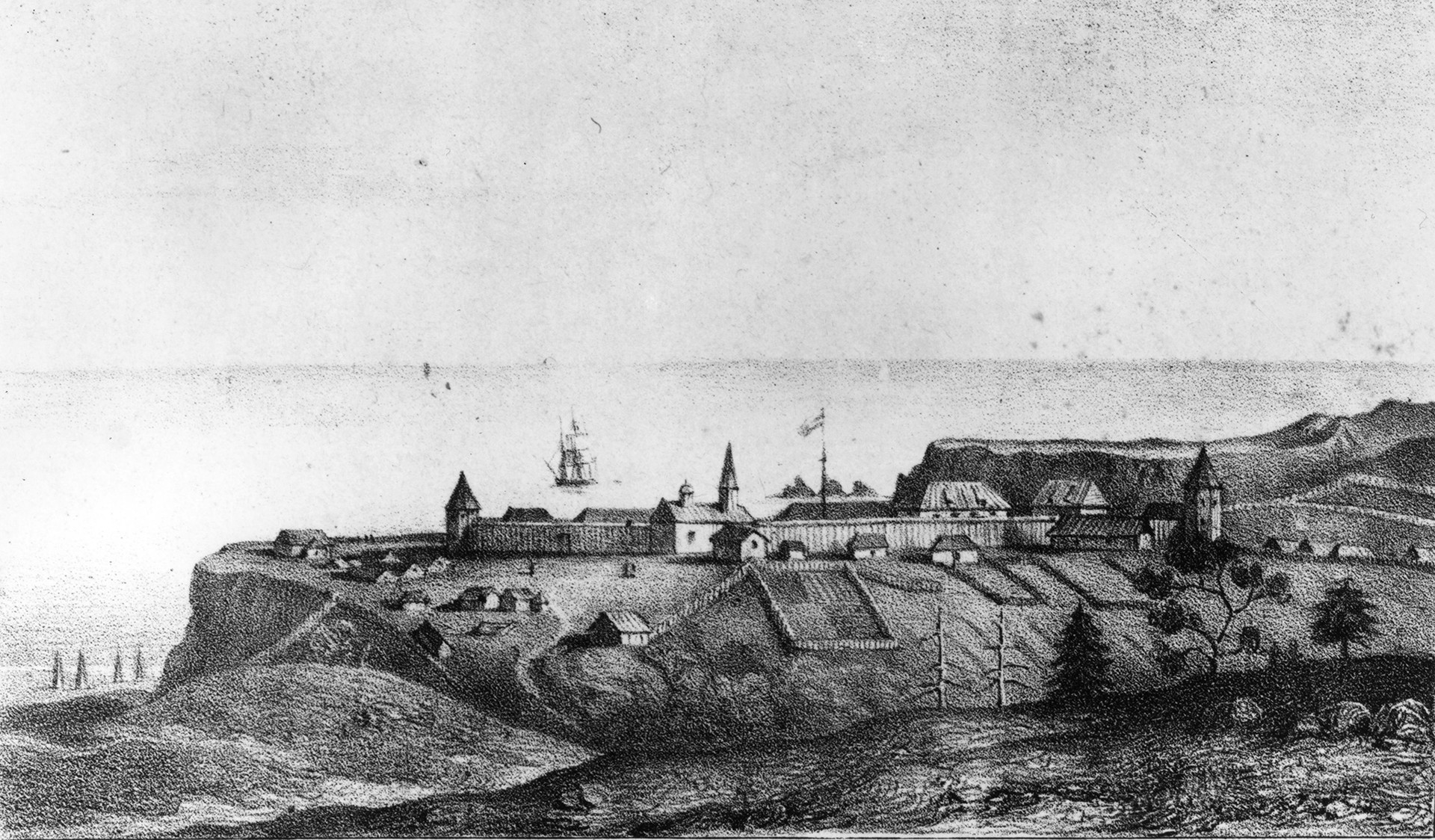
Fort Ross on Bodega Bay in 1828
Getty ImagesOne employee of the Russian-American Company Dmitry Zavalishyn visited Fort Ross and made a report about it for the company and Emperor Alexander I. He proposed expanding Russia’s territory in California to make the Empire’s presence stronger and economically more viable. His idea was to send Russian serfs across the Atlantic to work on the new land, and they, in return, would be liberated.
3. Haiti
Zavalishyn’s plan to expand Fort Ross was rejected by the authorities, but he didn’t give up and proposed setting up a Russian colony in Haiti. He devised the plan with former French general Jacque Boye, who remained in Russia after being captured during Napoleon’s invasion in 1812. Before this, he served in Haiti, which was a French colony before the rebellion of 1804
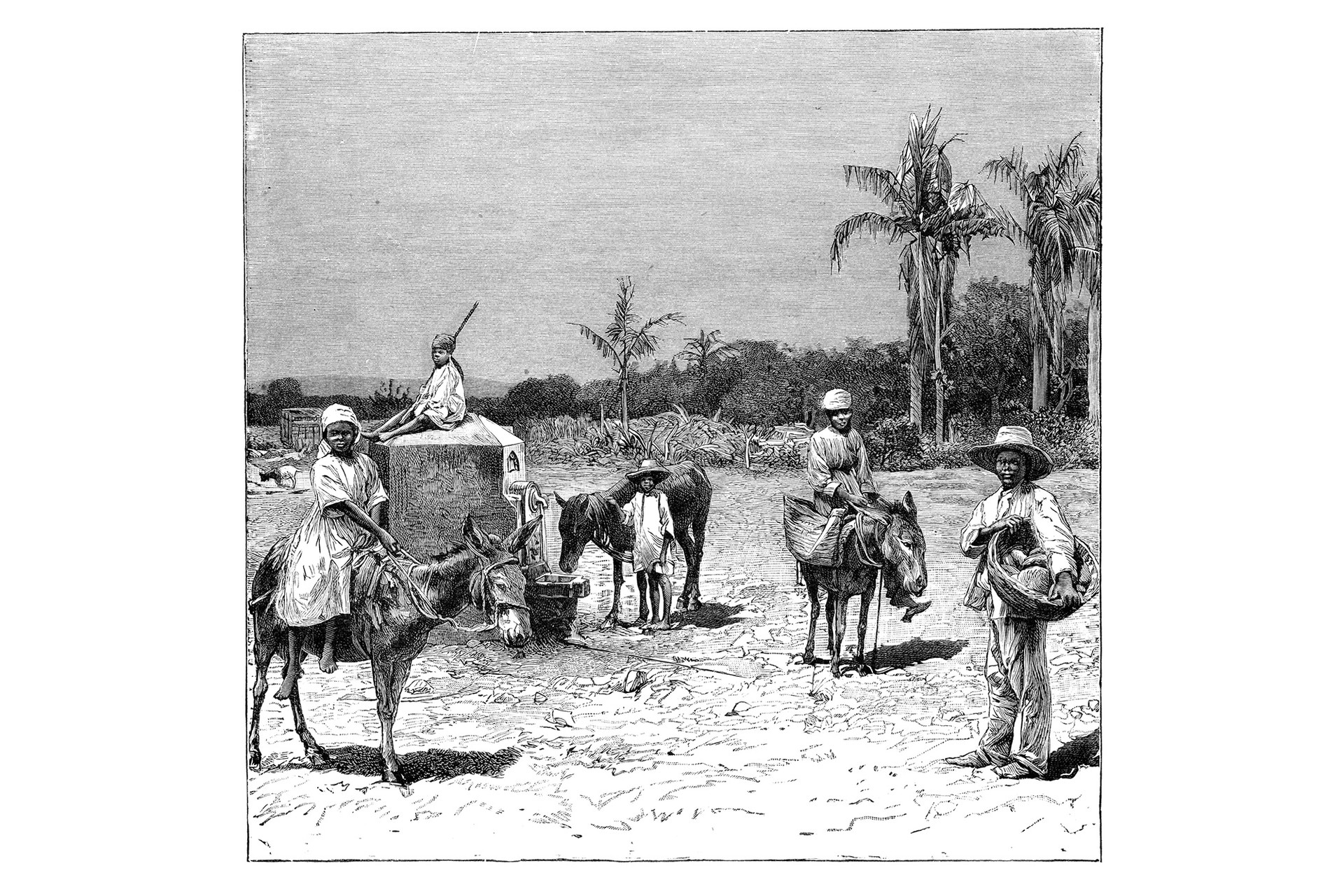
Group of Haitians around 1890
Getty Images4. Hawaii
The Russian-American Company also secured a deal with a tribe chief on Kauai, the fourth largest of the Hawaiian Islands. The chief agreed to hand over the land as a sort of Russian protectorate and from 1816 to 1817, three fortresses were built on the island by the Russians. Two of them were named after Russian Emperor Alexander I and his wife Elizabeth while a local river was renamed the Don (one of the main rivers in Russia)
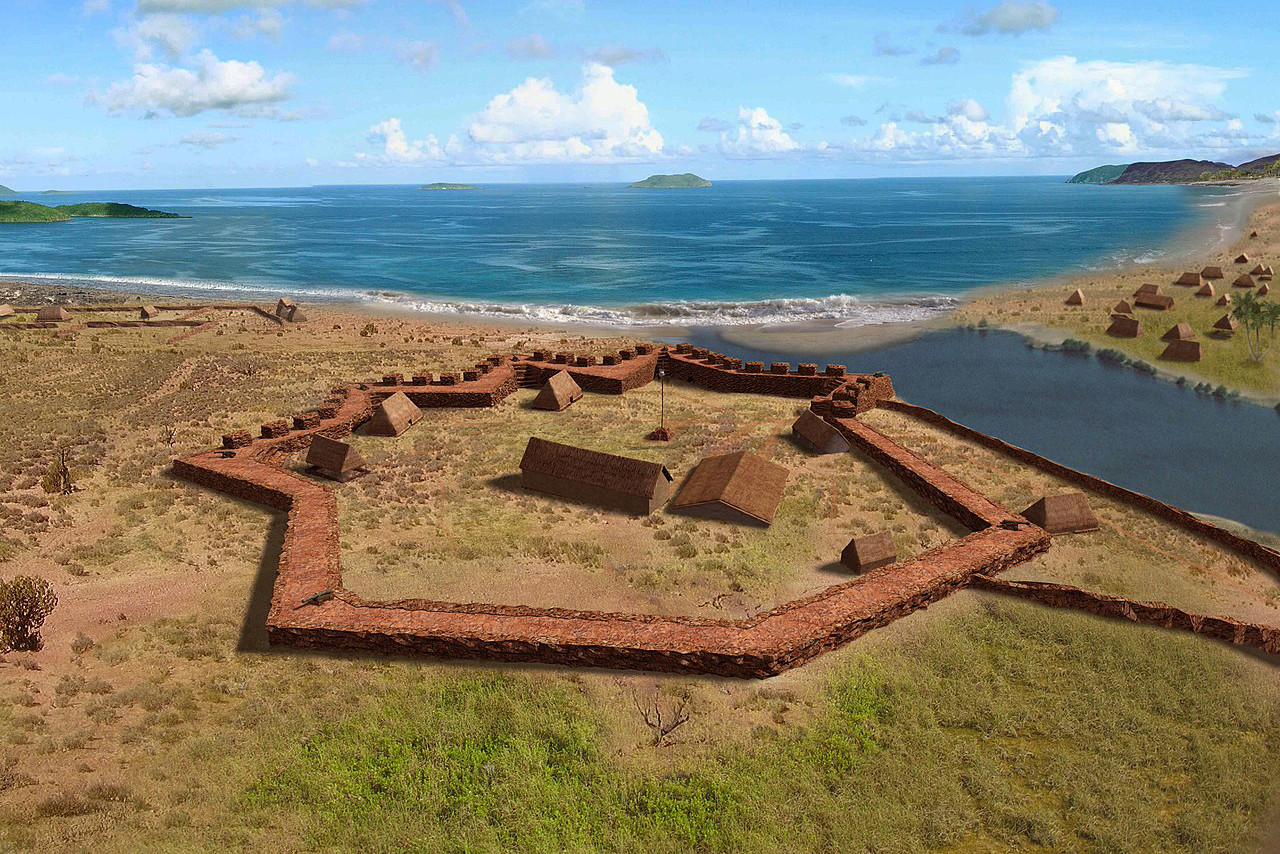
View on the fort Elizabeth (Kauai, Hawaii) from a bird's eye view. Reconstruction by Alexander Molodin and Peter R Mills, 2015
Netlenta/Wikipedia5. Somalia
The Russians wanted a piece of Africa as well, although this wish also wasn’t backed by the authorities. In 1888 a group of Russian Cossacks tried to rip off a chunk of French Somalia – 150 Cossacks under the command of Nikolai Ashinov, who is often referred to as an adventurist, arrived in Somalia from Odessa and set up shop on the site of an old Egyptian fortress. It was named “New Moscow” and the plot of land measuring 50 x 100 km was declared Russian
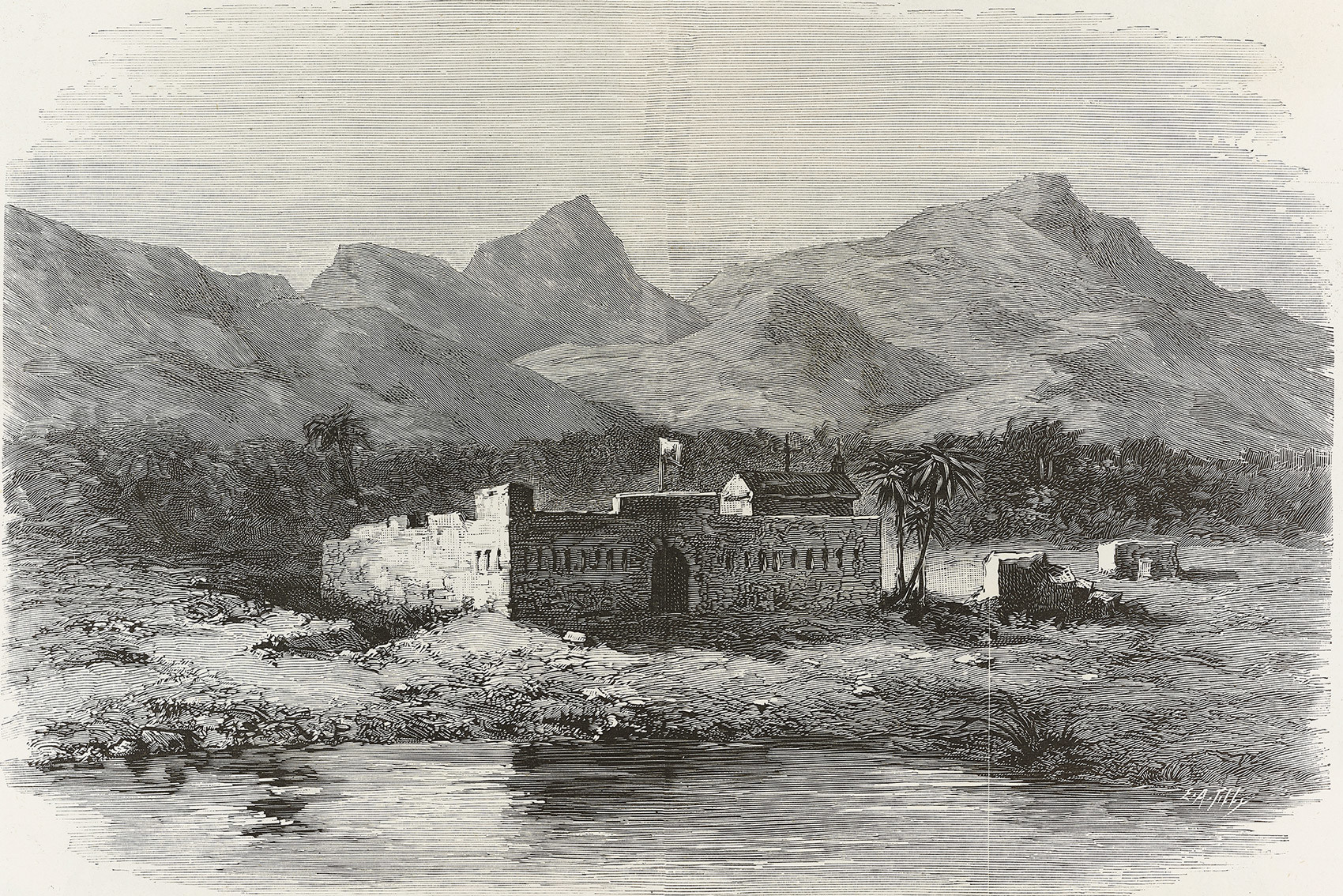
Russian fort in Sagallo, Djibouti
Getty ImagesIf using any of Russia Beyond's content, partly or in full, always provide an active hyperlink to the original material.
Subscribe
to our newsletter!
Get the week's best stories straight to your inbox